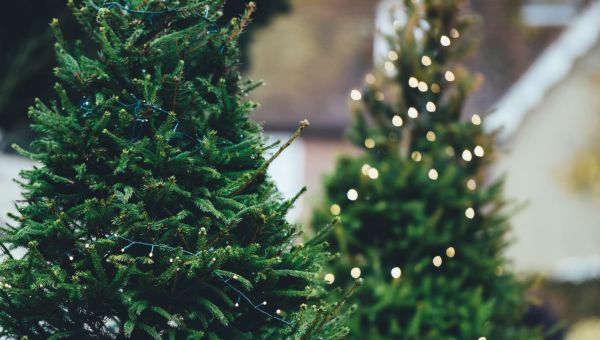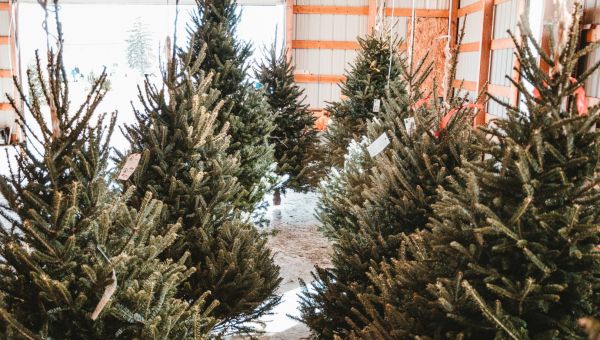Why do we bring a tree into the house and decorate it at Christmas time? Well, it all goes back to long before the advent of Christianity. Plants and trees that remained green all year had a special meaning for ancient people in the winter, and they hung evergreens over their doors and windows, just as people today decorate their homes during the festive season. In many countries, it was believed that evergreens would keep away witches, ghosts, evil spirits, and illness.
During the winter solstice, where the shortest day of the year is around December 21, ancient people believed that the sun was a god and that winter came every year because the sun god had become weak. They celebrated the solstice, which meant that finally the sun god would begin to get well. Evergreen boughs reminded them of all the green plants that would grow again when the sun god was strong and summer would return.
In Northern Europe, the Druids decorated their temples with evergreen boughs as a symbol of everlasting life. The fierce Vikings in Scandinavia thought that evergreens were the special plant of the sun god, Balder.
But the real custom of Christmas trees certainly does appear to be credited to the Germans, when in the 16th century, devout Christians started bringing decorated trees into their homes. Some built pyramids of wood and decorated them with evergreens and candles, and it is widely believed that Martin Luther, the 16th-century Protestant reformer, was the first to add lighted candles to a tree. Apparently walking toward his home one winter evening, composing a sermon, he was awed by the brilliance of stars twinkling amidst evergreens, and apparently to recapture the scene for his family, he erected a tree in the main room and wired its branches with lighted candles.
The first Christmas trees came to Britain sometime in the 1830s but they became very popular in 1841 when Prince Albert (Queen Victoria's German husband) had a Christmas tree put up in Windsor Castle.
Portuguese tradition
The tradition to use Christmas trees came to Portugal apparently only 50 years ago, and any tree cut for Portugal, especially for the Algarve, needs to be able to survive well during the festive season in warmer temperatures.
Nowadays, around the end of November/early December, Christmas trees begin to be on people’s minds. There are many questions about which type of trees are more environmentally friendly. We have not only traditional real trees at Christmas time, but a whole host of very lifelike artificial trees, with varying heights, widths and even colours to suit peoples’ colour schemes. I used to think artificial trees were cheating and a bit cheap because ‘you can’t beat a real tree’, but in fact a good one is anything but cheap - but in the light of our need to preserve nature, are they really ecologically friendly?
So why would real trees be better than artificial ones? Firstly, real trees don’t require the intensive carbon emissions that it takes to produce and ship artificial trees. Next, you’re supporting forests. When natural trees are harvested for sale, there are apparently more planted in their place. Buying real trees will help keep tree farms in business – and in turn keep their lands covered in the healthy forest habitat that wildlife depends on to survive.
And what’s more, once all the festivities are done, these trees can be recycled and given a second life. They can be stripped of their branches and added to the compost heap and the rest can be used as firewood, or some countries have tree collections to recycle them. Meanwhile, artificial trees are usually not recyclable and often end up filling our landfills.
So, the pros for artificial trees? You can reuse them for many years, which saves you money in the long run. They are easy to install, dismantle, and store. Watering and vacuuming needles aren’t required because they are not alive. Most of the trees are flame retardant. Most artificial trees look as attractive as real trees, and they don’t trigger allergies.
I made a list and checked it twice – the choice is yours!
Christmas trees
Marilyn writes regularly for The Portugal News, and has lived in the Algarve for some years. A dog-lover, she has lived in Ireland, UK, Bermuda and the Isle of Man.

















